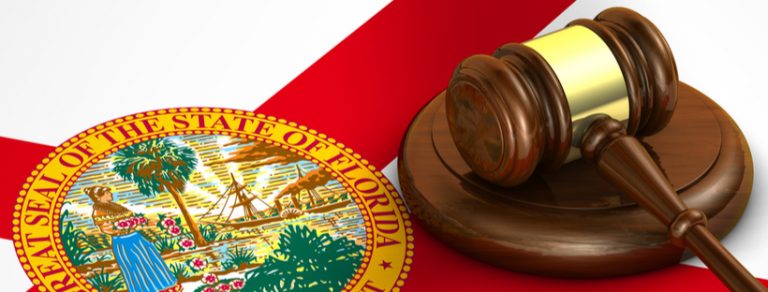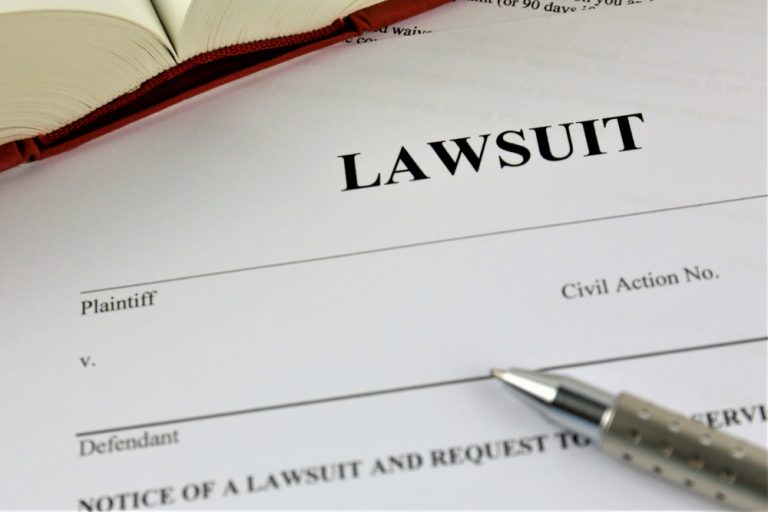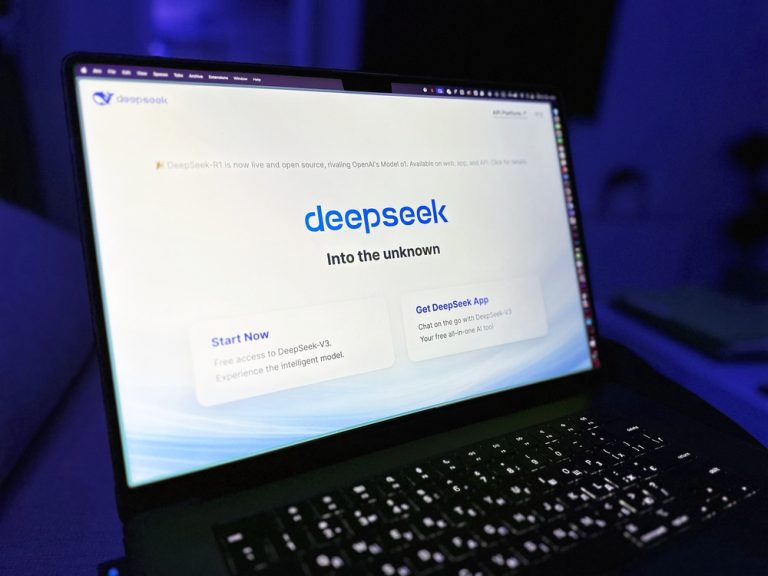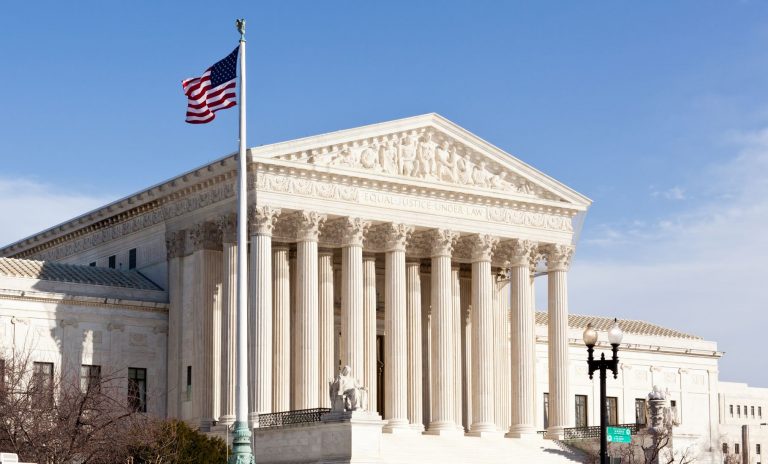No Extra Hurdles for Employers Claiming Overtime Exemptions: High Court Rules FLSA Does Not Require Stricter Evidence Standards
No Extra Hurdles for Employers Claiming Overtime Exemptions: High Court Rules FLSA Does Not Require Stricter Evidence Standards
In a unanimous opinion decided January 15, 2025, E.M.D. Sales, Inc., v. Carrerra et al., the U.S. Supreme Court ruled that the less stringent preponderance of evidence standard, instead of the clear and convincing evidence standard, is all that is required for employers to prove their employees are properly classified as exempt from FLSA’s overtime requirements.
In E.M.D., v. Carrerra, employees sued their employer, a mid-Atlantic food distributor, claiming that they were entitled to overtime wages and were improperly classified as exempt. The Fourth Circuit Court of Appeals found that the employer failed to prove by clear and convincing evidence that the employees fell under the FLSA’s outside sales exemption and therefore that the employer owed these employees overtime. The employer appealed to the high court.
The issue for the U.S. Supreme Court to decide was whether the more heightened clear and convincing evidence standard should apply to overtime exemption classification disputes under the FLSA instead of the default, lower preponderance of the evidence standard.
The FLSA requires that employees must receive at least the minimum wage and may not be employed for more than 40 hours in a week without receiving at least one and one-half times their regular rates of pay for the overtime hours. However, there are exceptions for white collar employees (employees that perform office work, non-manual work) if these employees meet specific salary and duties tests provided by the Department of Labor’s regulations.
Under the preponderance of evidence standard, the employer need only prove that it is more likely than not that an employee is exempt under the FLSA. It is a significantly lower evidentiary bar, sometimes referred to as the 51% rule and is easier to defend. Conversely, under the clear and convincing standard, the employer must prove that it is far more likely than not that an employee is exempt. It is a higher bar burden of proof and employers face a higher bar to defend against FLSA liability.
The Supreme Court disagreed with the Fourth Circuit and held that the preponderance of evidence standard applies when an employer seeks to demonstrate than an employee is exempt from the minimum wage and overtime requirements of the FLSA.
What this means for Employers?
This ruling resolved a split amongst the circuit courts of appeal and makes it easier for employers to defend FLSA claims. However, HR personnel should still review exempt employee classifications to ensure the employer can articulate, justify, and defend why said employee qualifies for exempt status.










